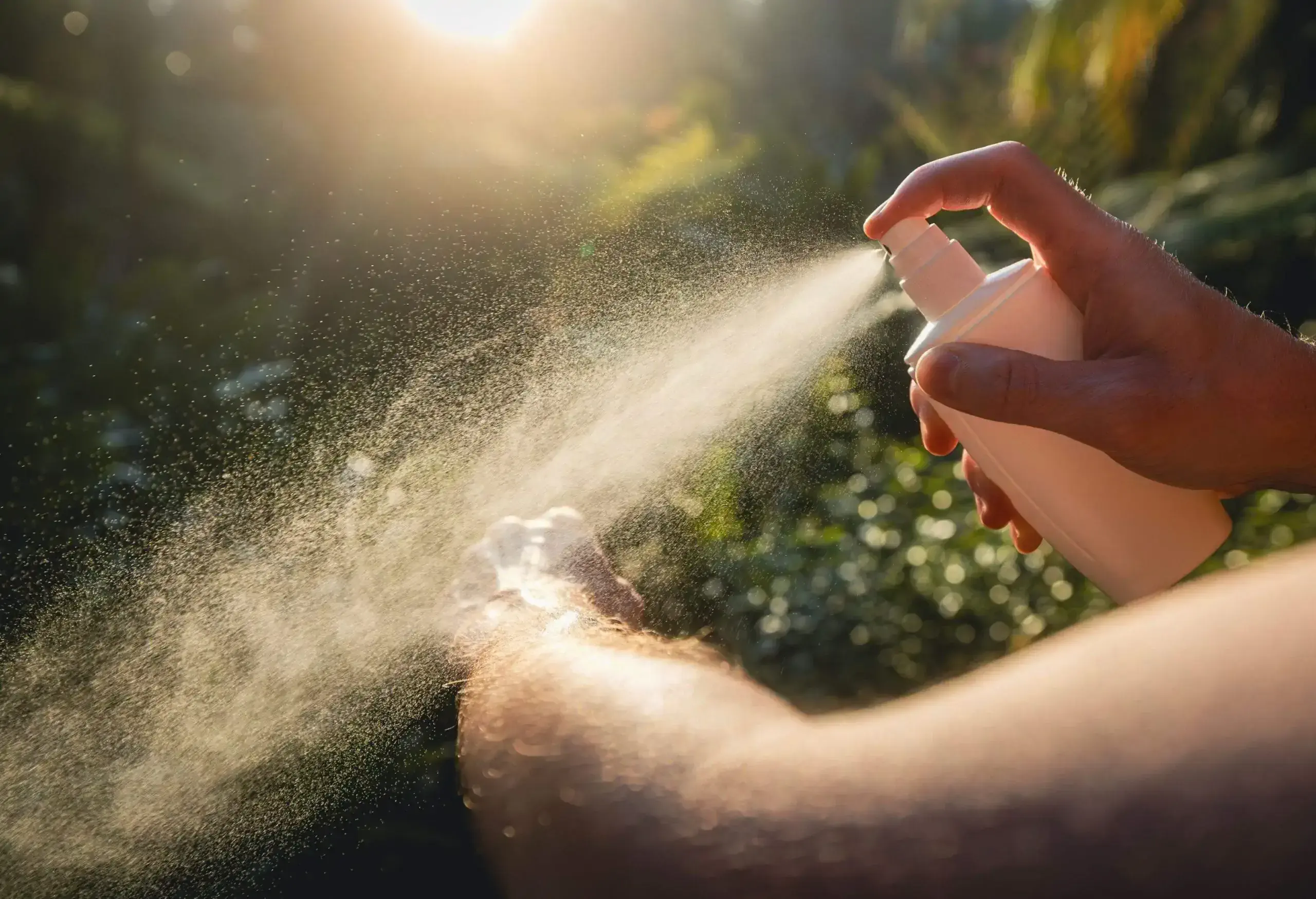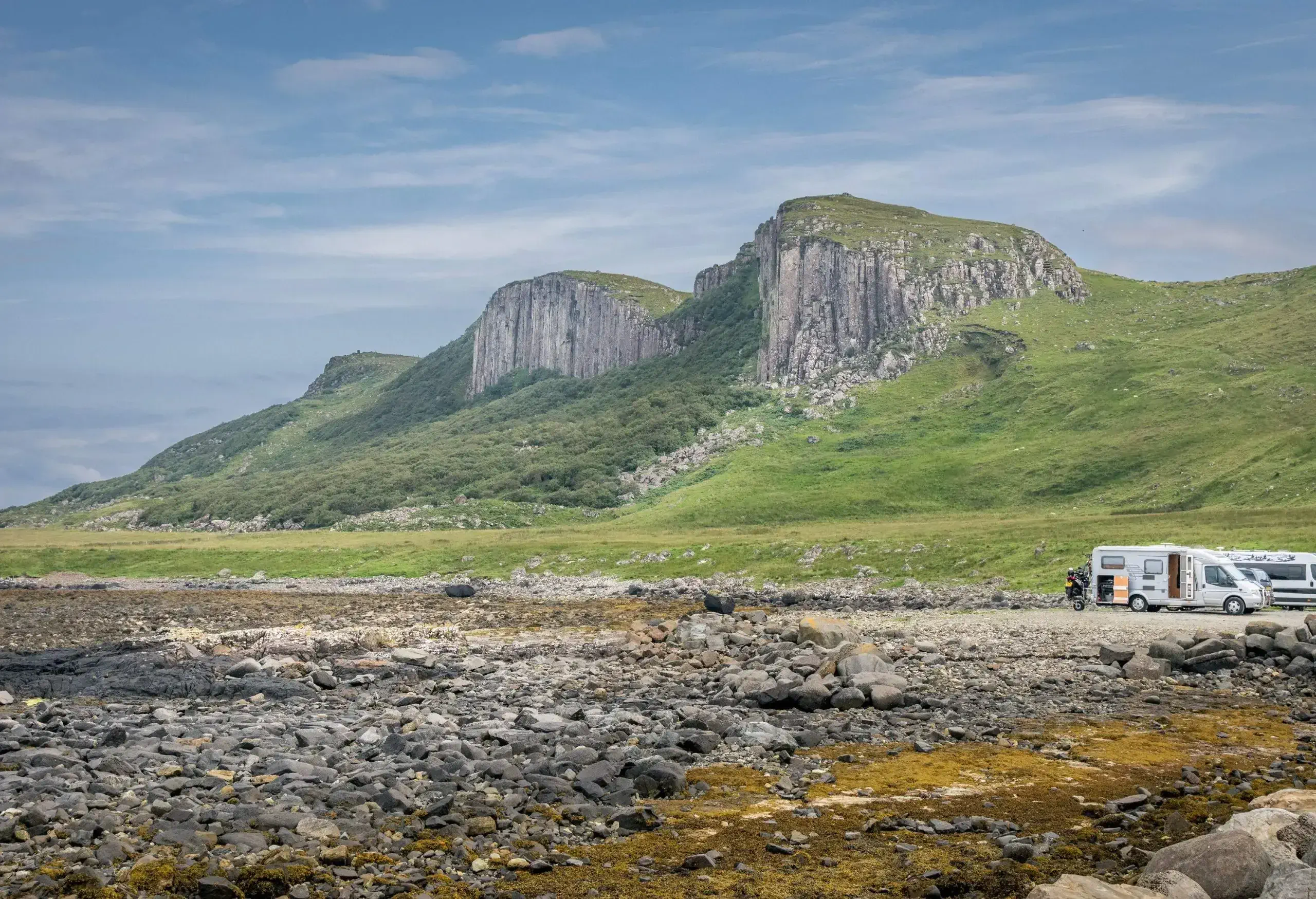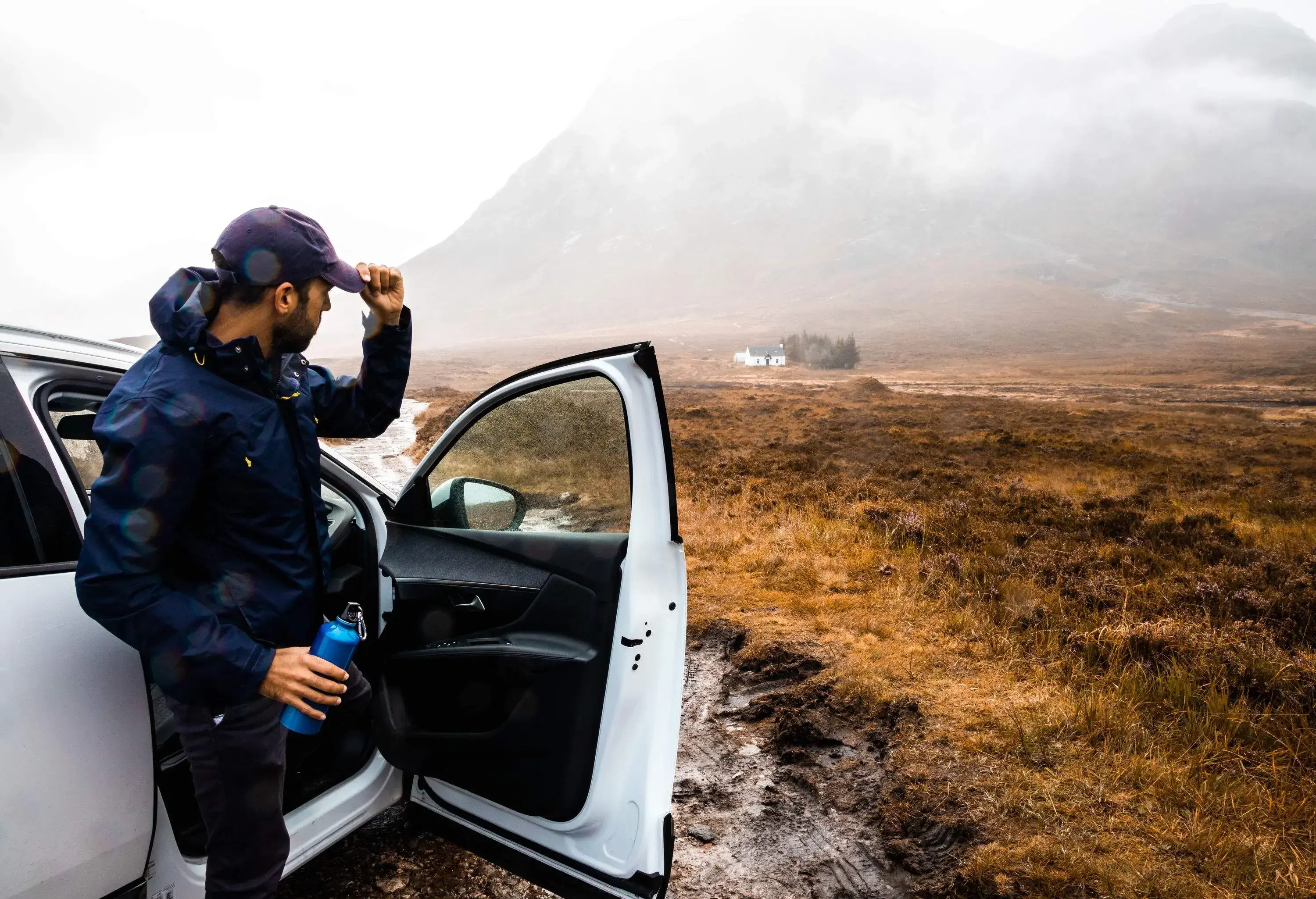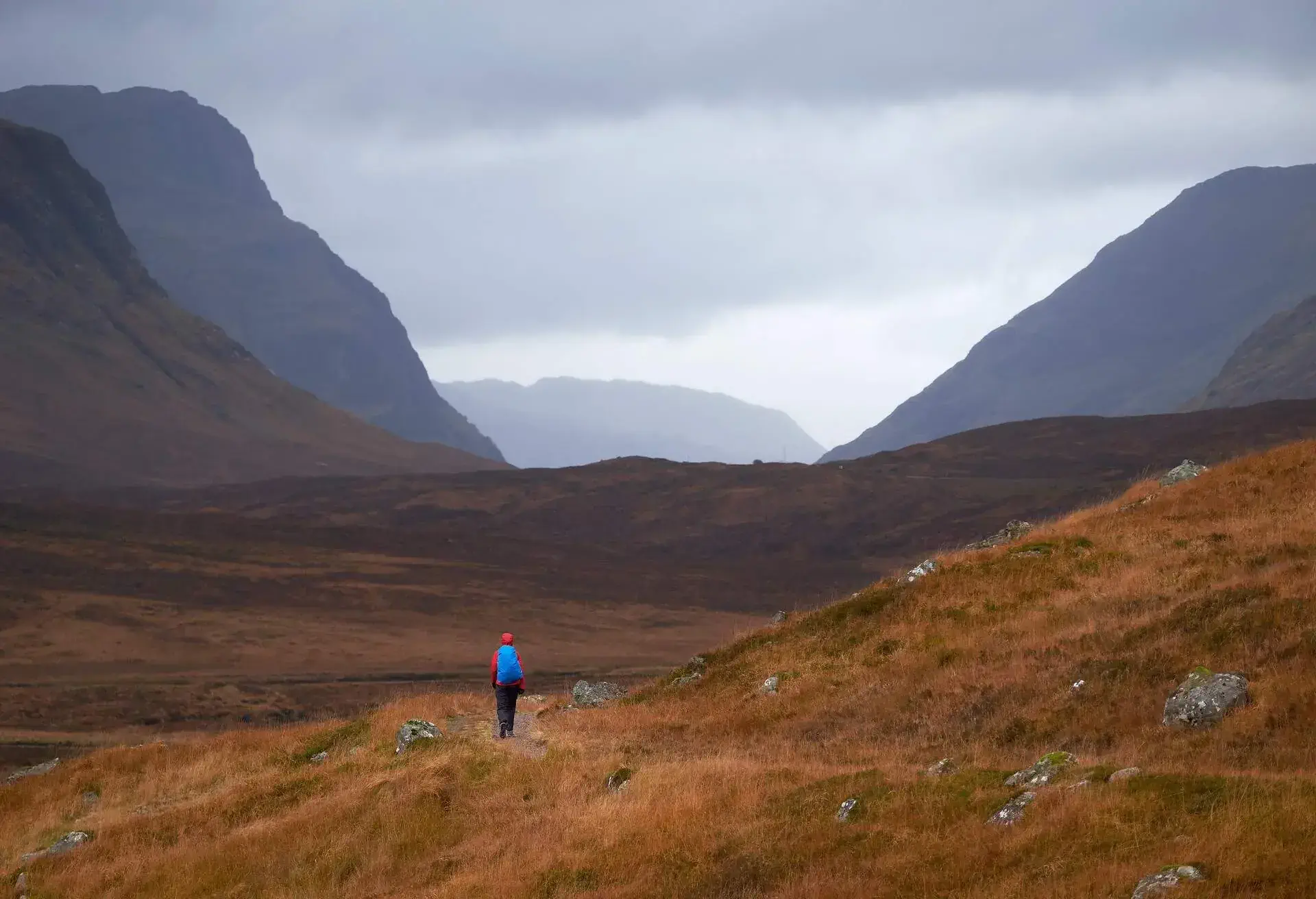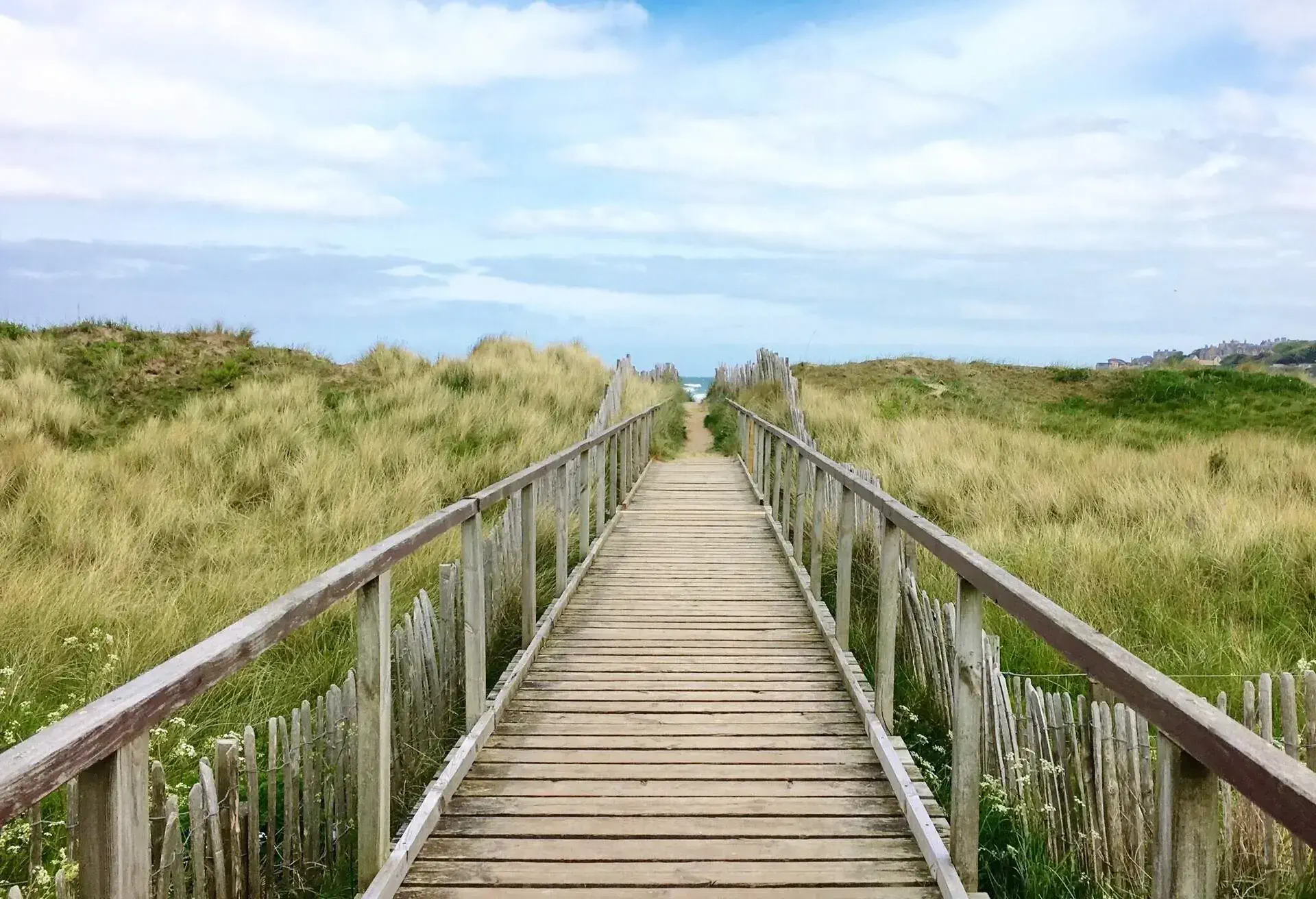Midge season in Scotland can strike fear in the most seasoned of adventurers. But with some careful planning and effective deterrents, you can transform your trip from irritating to incredible.
In this article, you’ll learn how to plan (and what to pack) for a midge-free adventure across the Northernmost border.
Understanding midge season in Scotland
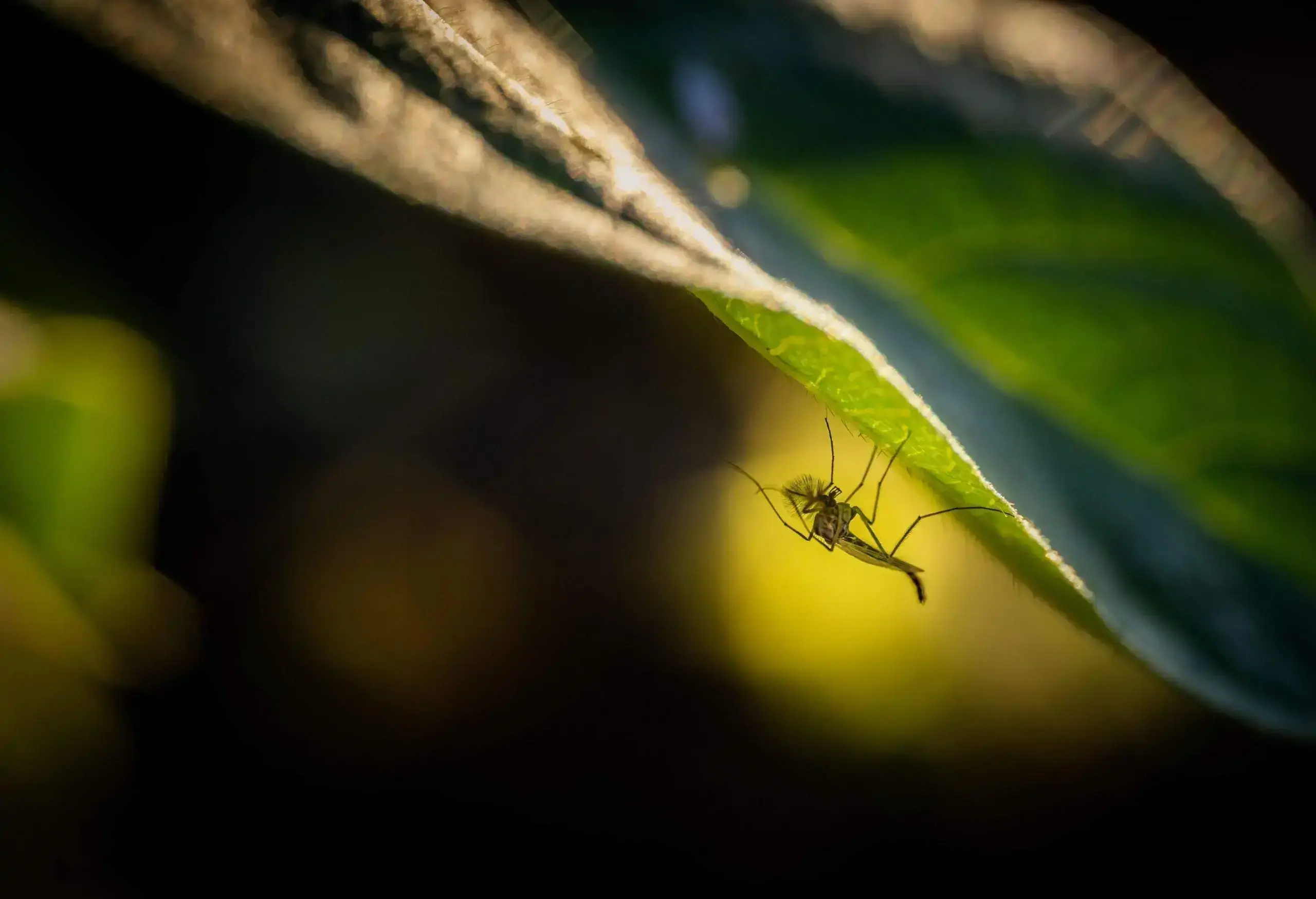
Part of the mosquito family, a midge is a tiny two-winged fly with a span of just roughly 2mm. But the beasties (Scottish slang for insects) don’t roam solo. Instead, they spend their time lingering in intimidating swarms.
Although harmless, midges do bite (think irritating more than painful). There is no serious risk of disease, but those with severe reactions to insect bites should stay vigilant. The concern for most is the frustration of the swarms and the itching that midge bites bring.
Swarms of biting flies are an unwelcome addition to any summer break. But it’s mostly campers that complain about midge season in Scotland. Even the best campsites in the UK are susceptible to the Scotland midge season. Those staying in the cities and towns may not notice any midges at all.
With some diligent planning, you can avoid the hotspots, pack effective deterrents, or even visit outside of Scotland’s midge season for the most comfortable trip.
The best time to visit Scotland to avoid midges
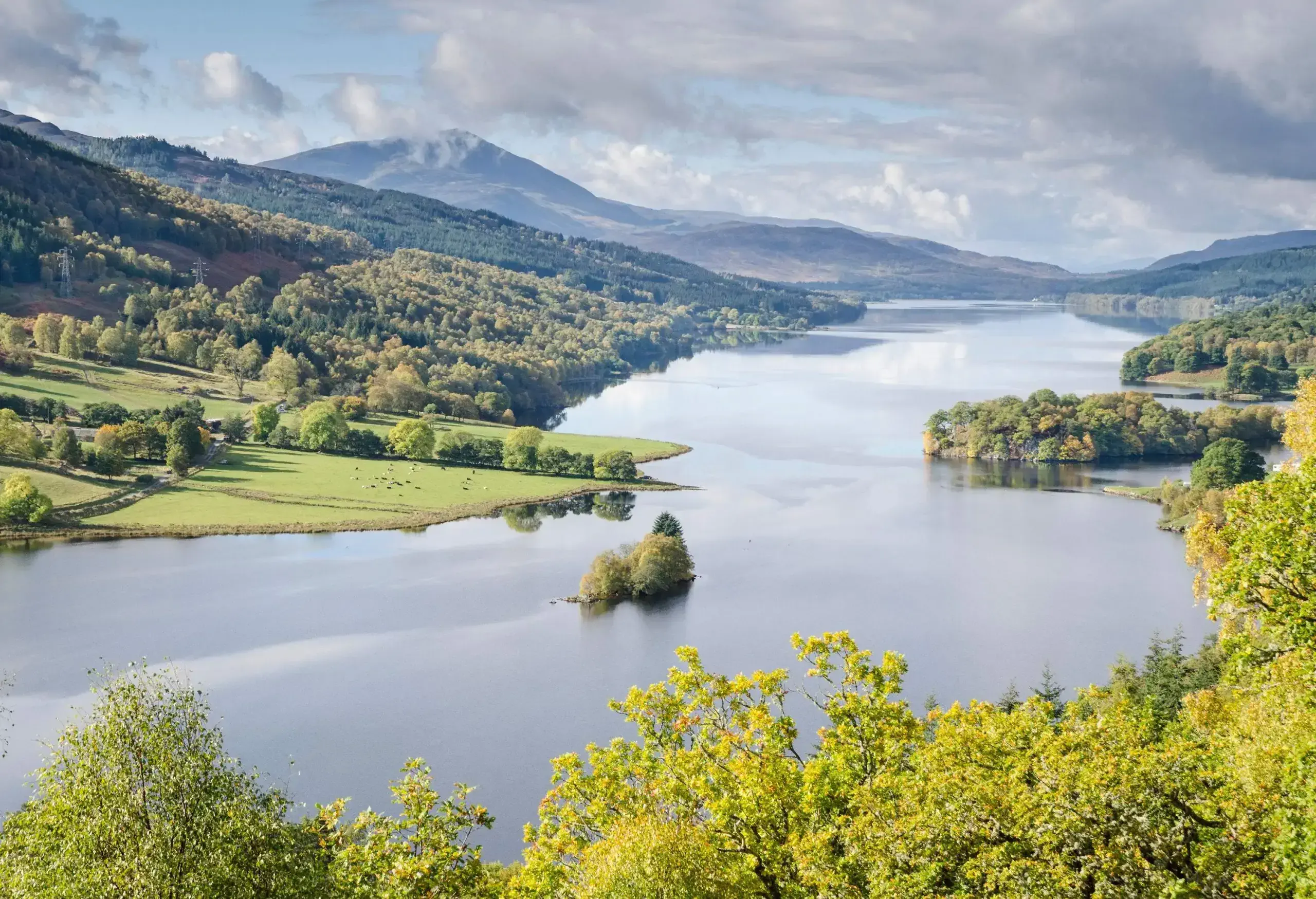
Midge season in Scotland spans the warmer months, between May and October. Outside of this period, the frustrating flies are unlikely to bother us tourists.
Visiting in winter may be the answer for some holiday-makers, but the summer months are the best for hiking in the Scottish Highlands. If you’re hoping to bag a Munro or two, mastering midge avoidance is a necessity.
Although found throughout the country, there are some midge hotspots to look out for. The western Highlands, islands, parts of the Cairngorms, Perthshire and Argyll are the worst places for midges in Scotland.
Midges are most active at dusk and dawn, particularly on damp, calm, clammy days with overcast skies. They’re happiest near water or marshy areas with little wind (the slightest breeze, 7 mph+, will scare them away).
“If you’re particularly worried about the chance of midges, check out the Smidge Midge Forecast (available from spring to autumn) before heading out the door.”
Tips for minimising midge exposure
Midges are unlikely to ruin an adventure, but they’ll test your patience. Minimise your exposure by avoiding midge hotspots and using effective repellents on your travels.
Tips to avoid midge hotspots
- Hold off on heading outside at dusk and dawn.
- Avoid water or marshy areas and, if you have a flexible schedule, use the Smidge Midge Forecast to plan for the day.
- If you’re camping (and the site allows it), build a fire to ward off the beasties. A portable fire pit is a great investment for wild camping and, most importantly, leave no trace.
Use effective repellents
- The correct clothing should be the first line of defence against the little beasties. Ensure you cover all skin with long sleeves and trousers. A neck buff, hat and gloves can also prove effective barriers (although this can get warm in peak summer). Some brands also offer clothing with insect-repellent technology.
- If you’re expecting a high midge count, a netted midge hat (or midge net) is a great way to improve outdoor comfort. Your street cred may suffer (you’ll look like a beekeeper from the neck up) but the netted construction is favoured by most serious hillwalkers. Best to pack one, just in case.
- A midge repellent is the final weapon in the arsenal, with countless brands offering their unique solution. Sprays are the most popular, but bracelets, citronella incense, and coils are all viable options. There are four active ingredients, IR3535 (ethyl butylacetylaminopropionate), Saltidin and Citriodiol. If your repellent doesn’t include one of these four, it won’t be effective at keeping the beasties at bay. Popular choices include Jungle Formula Insect Repellent, Smidge, and Lifesystems Midge Repellent.
Low-risk outdoor activities during peak midge season
If you’re hiking, cycling or exploring in Scotland, midges are unlikely to keep up with you. Chances are, you won’t even notice them. It’s only when you stop for water and snack breaks that they’ll become a nuisance. Pack a repellent for a pleasant picnic.
Camping, either at trusted campsites or wild in the mountains, is the main problem area. Be careful of where you pitch (avoid pitches near water or marshy land) and stay inside at dusk and dawn. Use a portable firepit where possible and stock up on effective repellents.
For the ultimate freedom, hire a camper van and road trip through Scotland along the famous NC500. With the midge forecast in hand, you can simply drive to the lowest-risk areas to explore.
Alternatively, plan a city break and arrange a day trip from Glasgow to explore Fort William and tackle Ben Nevis. Arrive after dawn and leave before dusk to avoid the midges. With the right gear and a little precaution, nothing is off-limits during peak midge season.
Midge season can be frustrating, but don’t let the beasties spoil your adventure. Strategically plan your trip and pack repellents to avoid the background buzz and the itchy bites.
Looking for adventure inspiration? Check out the best places to visit in Scotland and awe-inspiring day trips from Edinburgh, then explore the outdoors with the best hiking in Scotland.
Frequent questions about midge season in Scotland
Midge season in Scotland spans the warmer months, between May and October. Outside of this period, the frustrating flies are unlikely to bother tourists. Swarms may arrive earlier depending on the spring conditions. A warm, damp spring will cause the numbers to skyrocket.
There are a range of effective midge repellents you can use to deter the beasties. Look for any of these four active ingredients in midge repellents: DEET (diethyltoluamide), IR3535 (ethyl butylacetylaminopropionate), Saltidin and Citriodiol. Sprays are the most popular, but bracelets, citronella incense and coils are all viable options.
The best time to visit Scotland to avoid midges is during the low season, between November and April. A warm, dry summer (rare for Scotland) can bring the peak season to an early end, while a cold, dry spring can delay the swarms before the numbers rise in the warmer months.



